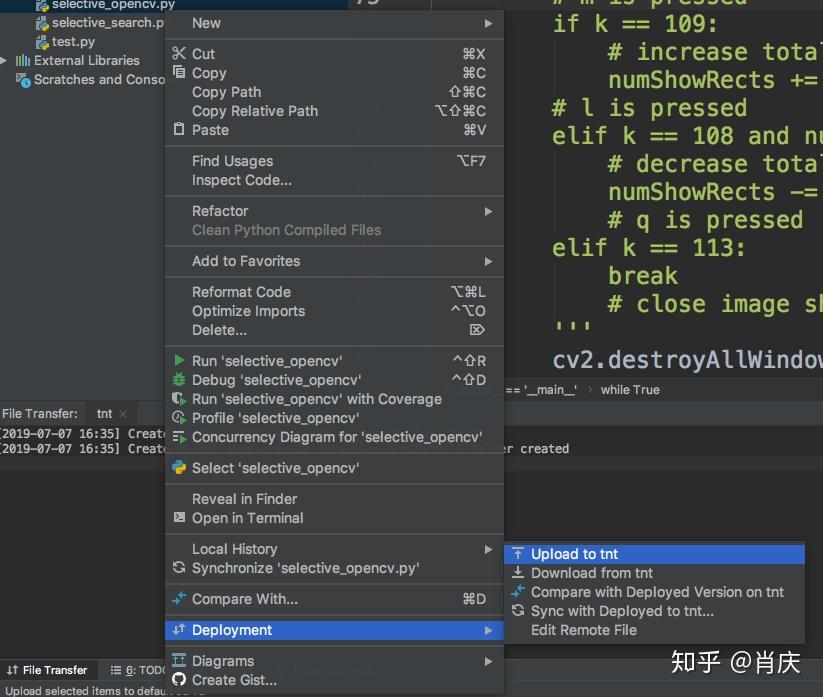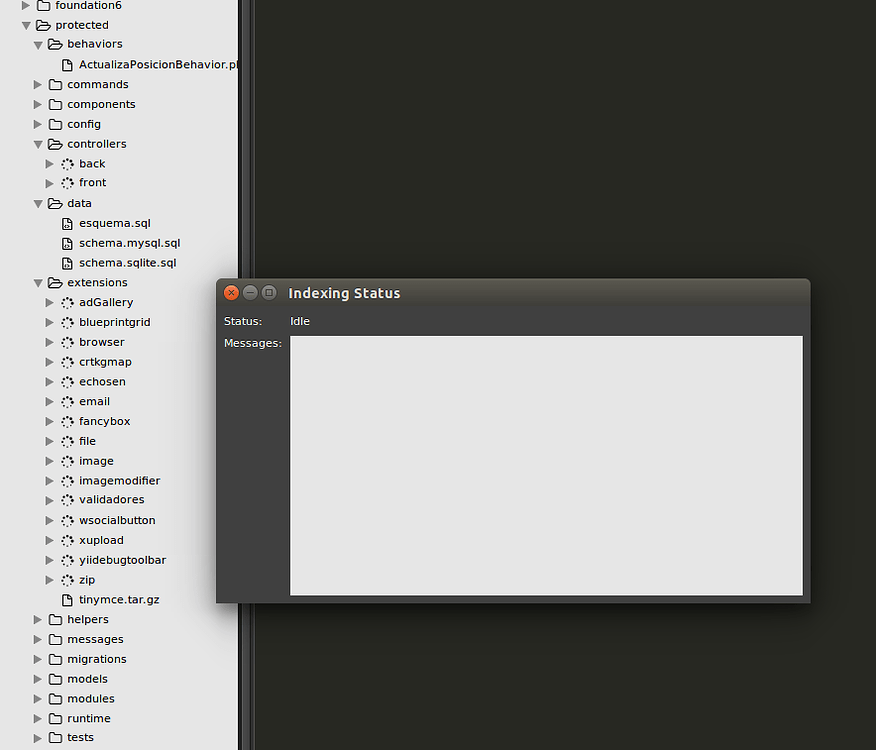

- #SUBLIME TEXT SFTP CONNECT STOP DOWNLOAD INSTALL#
- #SUBLIME TEXT SFTP CONNECT STOP DOWNLOAD UPDATE#
- #SUBLIME TEXT SFTP CONNECT STOP DOWNLOAD WINDOWS#
The IDE accesses servers using the connection settings specified in the registered server access configurations. Interaction between IntelliJ IDEA with Web, FTP, and other servers is handled by the FTP/SFTP Connectivity plugin, which is enabled by default. IntelliJ IDEA will now use the PHP installation that was bundled with MAMP. We can now save these settings and select the newly added PHP interpreter for our project: IntelliJ IDEA also validates that the debugger is configured correctly. IntelliJ IDEA checks whether the specified folder contains a PHP executable file, detects the PHP version, and displays it in the PHP Info read-only field. Either enter the path manually or click and locate the file. In the PHP Executable field, specify the folder where the php (PHP executable) file is stored. In the Name field, type the name to identify the current installation, for example XAMPP PHP 7.2. In the left-hand pane, click the button on the toolbar. All currently registered installations of PHP interpreters are displayed in the CLI Interpreter list: Add the interpreter installed with XAMPPĬlick to the right of the list. With IntelliJ IDEA, we can have several separate PHP interpreters registered in the IDE, depending on the PHP version or PHP configuration needed for the project. In the Settings/Preferences dialog Ctrl+Alt+S, navigate to Languages & Frameworks | PHP. Let's start by registering the PHP executable from XAMPP in IntelliJ IDEA.
#SUBLIME TEXT SFTP CONNECT STOP DOWNLOAD INSTALL#
Install and configure a debugging engine as described in Configuring a Debugging Engine.Ĭonfigure integration with MySQL server as described in MySQL. Integrate an AMP package with IntelliJ IDEAĬonfigure a local interpreter as described in Configuring Local PHP Interpreters. To check your installation, open your browser and type the following URL address: The AMP welcome page appears. Save the configuration file and restart the Web server. Locate the line ServerName localhost:80 and change it accordingly, in this example to ServerName localhost:8080. Locate the line Listen 80 and change it to, for example Listen 8080.
#SUBLIME TEXT SFTP CONNECT STOP DOWNLOAD UPDATE#
To solve the issue, update the server configuration file as follows:

This port can be already used by other services, for example, Skype. By default, the Apache HTTP server listens to port 80. If the web server does not start, most likely a port conflict takes place. Use the AMP control pane to start the components. Install and configure an AMP packageĭownload and install the desired AMP package. This folder is write-protected by default, which means that no files can be placed on the server and further processed by the PHP engine.
#SUBLIME TEXT SFTP CONNECT STOP DOWNLOAD WINDOWS#
If you are using Windows Vista, avoid installing the package in the Program Files folder. The installation procedure depends on the operating system used, follow the installation instructions provided. The LAMP package compatible with the Linux distribution used. The following is only valid when the PHP plugin is installed and enabled.ĪMP packages are operating system-specific.


 0 kommentar(er)
0 kommentar(er)
